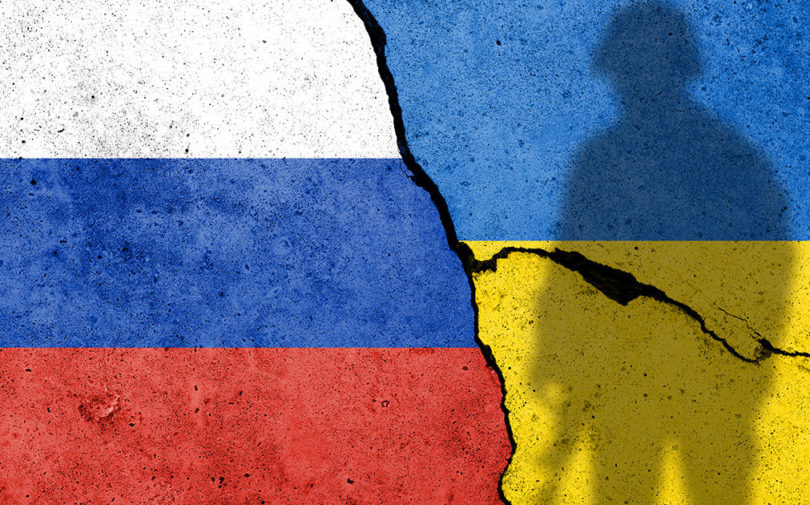Russia’s invasion of Ukraine might have international and domestic economic consequences, heightening instability, rattling commodities markets, and even driving uprising prices as food and transportation prices increase internationally.
Russia is a significant provider of petroleum products, and prices for both have risen dramatically in recent weeks as a result of the growing geopolitical confrontation. It is also an essential food provider to Europe and the world’s top wheat exporter in the world.
Russia is a minimal source of direct imports for the United States. Nonetheless, a materials shortage caused by war might have unintended consequences, such as substantially raising raw resources and final product prices in a world when most of the globe, particularly that of the U. S., is suffering rampant rising prices.
Consumers in the United States may be alarmed by global upheaval, reducing purchasing and other sectors of the economy. If the downturn worsens, the Fed Reserve, which plans to hike lending rates in March, may find it more challenging to determine how fast and vigorously boost borrowing costs. Regional and global threats, central banks worldwide said in minutes with their most subsequent debate, “might trigger rises in global fuel prices or worsen worldwide supply constraints.” Still, they also posed a danger to the economy’s outlook.
Since the extent and size of the battle remain unknown, the area of the possible economic consequences is unfamiliar. However, after two years of the coronavirus epidemic battering the world and the US economy, a foreign war might further postpone the return to normality. Consumers in the United States are already dealing with rapidly increasing costs. Firms are attempting to manage shaken supply networks, and individuals report pessimism about their financial prospects despite the solid economic expansion.
“Financial unpredictability will grow, which will be bad for individuals and businesses,” said Maurice Obstfeld, a distinguished scholar at the Economic Policy institute. He predicted that the impact would be most significant in Europe but less so in the US.
A clash in Eastern Europe would have immediate, direct, and significant financial consequences linked to energy and gas. Russia generates around 10% of world oil consumption or 10 million barrels per day. It’s indeed Europe’s biggest natural gas provider, supplying heat to households and workplaces as well as power stations.
Russia receives a minimal amount of oil from the United States. Nonetheless, overall energy resource marketplaces are worldwide, which means that price changes in one region of the globe impact how much consumers pay for resources in the other areas of the world.
It’s unknown how much a fight would raise costs, but the fear of an invasion has already made energy markets anxious – and gasoline prices have climbed considerably.
According to Alan Detmeister, an economist at UBS, if oil rises to $120 per barrel by the end of February, up from the $95 mark it hovered around last week, inflation, as measured by the Consumer Price Index, could climb close to 9% in the coming months, rather than the projected peak of just below 8%. Previously, he was the head of the Federal Reserve’s pricing and wages division.

